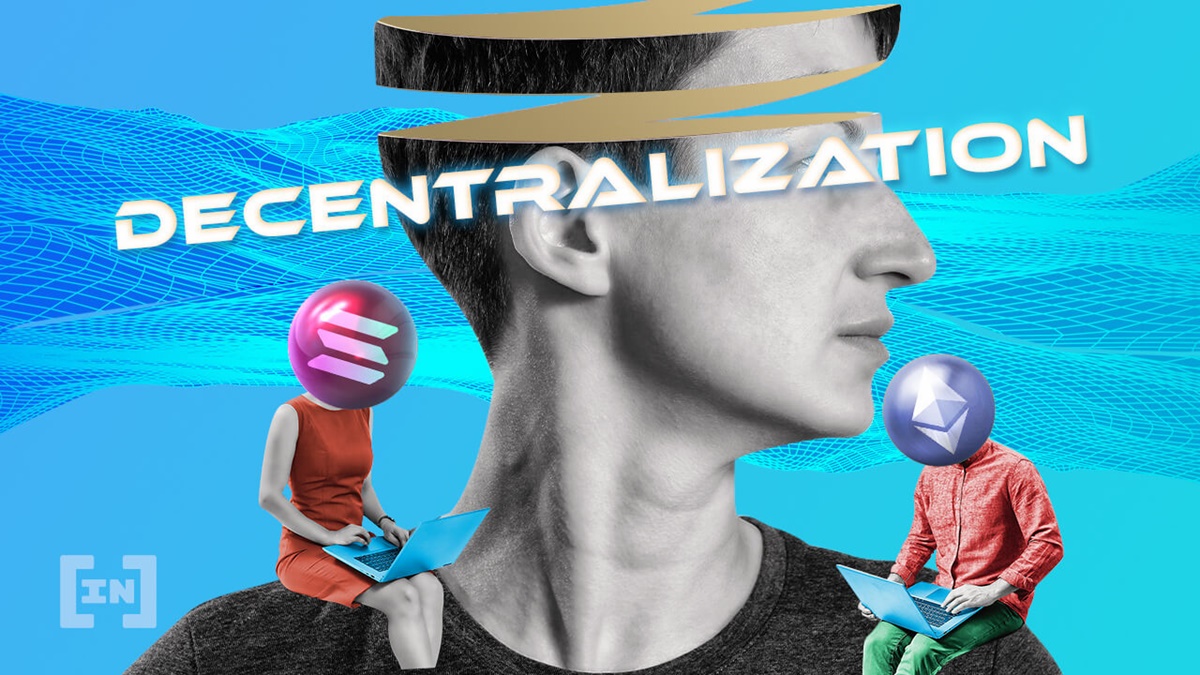Miscellaneous
A16z Crypto Lead Slams Web 2 Giants, Says Decentralization Is The Future

Source: Cryptonews
Chris Dixon says that decentralization and crypto are the new frontiers for a16z investing as it drives entrepreneurship and puts power back in the creator.
Andreessen Horowitz, a venture capital firm with investments in Instagram and Twitter, and whose partner named Marc Andreessen has a seat in the Meta boardroom, insists he never imagined an internet with such a concentration of power. like the one that exists today.
The company, which has been criticized for its turn to Web 3, even as it profits from investments in flagship Web 2 companies, makes the utopian case for a middle-of-the-road internet that crowns creators as captains of their own ships. .
The concentration of power is bad.
Dixon believes that the concentration of power in the hands of four or five Web 2 giants is bad for venture capitalism and entrepreneurship because it accumulates the benefits of network effects for a few entities rather than the creators. Network effects occur when the value of a product increases as more people use it.
Games like Fortnite sell virtual goods with private in-game economies where all profits go to the company behind the game. Why can’t there be peer-to-peer economies, Dixon asks, where users and creators of a platform can benefit? Dixon argues that economies of scale are less critical when creators can monetize a modest fan base through direct sales of non-fungible tokens rather than through intermediaries. Therefore, a creator does not need to have a large following on a platform like Spotify to make a decent profit. Dixon believes that codifying anti-competitive practices in smart contracts is crucial to preventing monopolies, including in Web 3.
Crypto is the go-to destination for entrepreneurs and startups, as the Googles and Amazons of the world focus on emerging technologies like artificial intelligence and quantum computing, says Dixon.
Andreessen has $7.6 billion to be invested in cryptocurrency ventures, including secondary NFT market OpenSea, cryptocurrency exchange Coinbase, and the Adam Neumann-led Flowcarbon, a project designed to tokenize carbon credits.
Decentralized models can coexist with centralized models, says Katie Haun
Not everyone agrees with Dixon and a16z’s decentralization thesis. A software engineer, Molly White, says that Web 3 will become centralized again, once again concentrating power in the hands of the same investors who fueled the Web 2 incumbents’ rise to power.
Podcaster and journalist Ezra Klein also echoed a common criticism of decentralization in a 2021 podcast interview with crypto investor Katie Haun, saying that similar to how Web 2 consumers trade decentralization for convenience and cost, Web 3 will give birthing a new generation of centralized entities that will make decentralized technologies more accessible.
Haun admitted that while this is true, the creators are still the beneficiaries. Companies like OpenSea take only a small portion of the transaction revenue compared to Web 2 incumbents like YouTube, which take double-digit cuts. Non-fungible token creators who sell on OpenSea can encrypt the NFTs they sell to receive royalties each time their creation changes hands.
In other words, both centralized and decentralized business models can coexist peacefully, says Haun.
Legal warning
All information contained on our website is published in good faith and for general information purposes only. Any action that the reader takes on the information found on our website is strictly at their own risk.